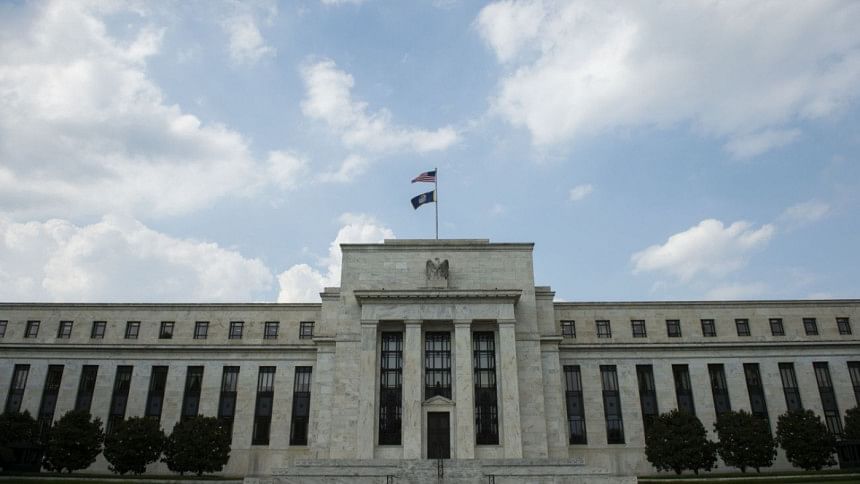Recent data has kept Fed rate view, soft landing, intact

A data-heavy week has kept the US Federal Reserve's core view intact of an economy where price pressures continue to ease and the job market continues to bend but not break amid ongoing economic growth.
Employment data for October was among the weakest of recent reports, with prior months revised lower and only 12,000 jobs added.
The numbers were likely distorted by strikes, bad weather, and a notably low response rate to Bureau of Labor Statistics surveys. But on its own the October report pulled the three-month average of job gains to a pandemic-era low that is near the pace Federal Reserve officials feel is needed to keep up with population growth.
Other details of the report seemed to confirm weaker hiring conditions, including a drop in the number of people finding a job who were either unemployed or not in the labor force in the prior month.
Still, the unemployment rate held steady at 4.1 percent, and average hourly earnings grew at a 4 percent annual rate, both signs of what Fed officials hope is a job market that has gotten back to a normal sort of equilibrium that can be sustained.
"In spite of the weak headline number, today's report shouldn't raise alarm bells for job seekers, workers, or policymakers yet...For now, a soft landing is still on the table," wrote Cory Stahle, an economist with the Indeed Hiring Lab, in an analysis of the October employment numbers.
The Fed meets on Nov. 6-7, a session delayed a day for Tuesday's presidential election. US central bankers are expected to reduce the benchmark policy rate by a quarter of a percentage point to a range of from 4.5 percent to 4.75 percent.
Other data since the Fed's September meeting has largely been in line with what policymakers said they were expecting.
Inflation data issued on Thursday showed the Personal Consumption Expenditures price index rose at a 2.1 percent annual rate in September, near the 2 percent target set by the Fed for that index.
A related measure excluding volatile food and energy prices and considered a better gauge of underlying inflation has been stuck for three months at a higher 2.7 percent level.
But even with quarter-point rate reductions expected in November and at the Fed's December meeting, monetary policy will still be considered tight at a time when many Fed officials feel their inflation battle is close to complete and economic risks shifting towards the job market.
Growth, meanwhile, remains strong and consumers continue to spend.September retail sales were stronger than expected.
An initial report on third-quarter gross domestic product estimated the economy expanded at a 2.8 percent annualized rate, above the level Fed officials consider the long-term sustainable trend.

 For all latest news, follow The Daily Star's Google News channel.
For all latest news, follow The Daily Star's Google News channel. 








Comments